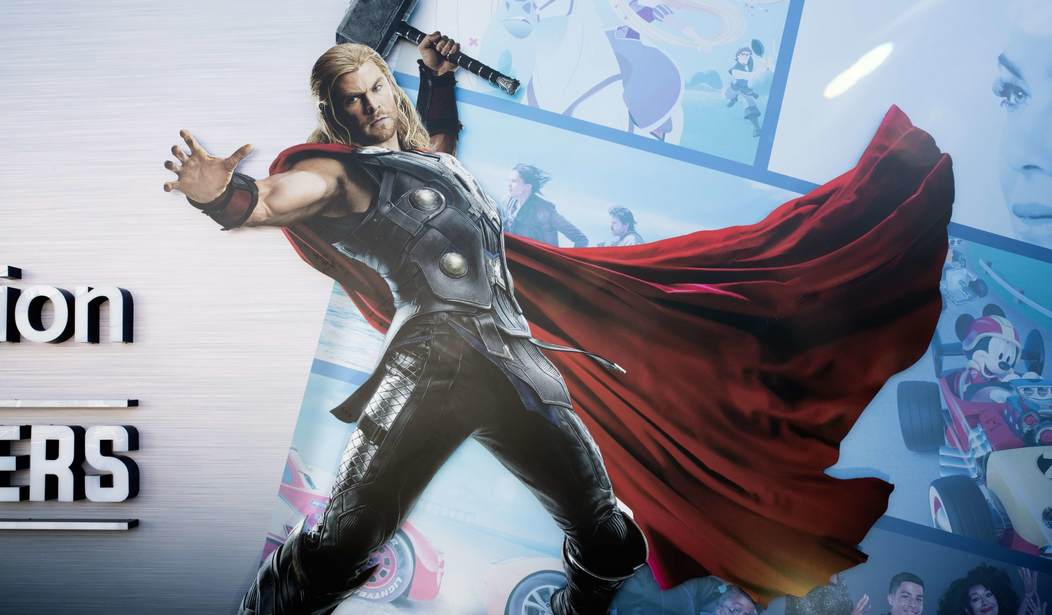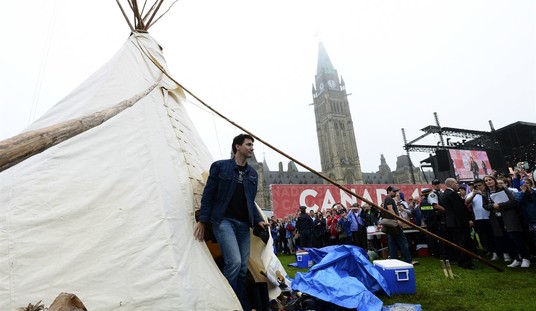Disney, with its huge library of original movies and TV shows, announced its long-expected streaming service yesterday. Prices aren’t terrible, I suppose: $6.99 a month or a discounted $69.99 a year if you pay up front. Or is that too much, when Netflix offers a far larger selection for $12.99? And unless you’ve cut the cord, you’re paying your cable company even more each month for the stuff you can’t get on Disney or Netflix. And it goes almost without saying that Disney is pulling its content from Netflix, so if you want to keep streaming Disney/Fox content, you’ll be forced to pay for Disney+.
Are we heading toward subscriber burnout?
If you’re all-in on digital, you already subscribe to Netflix and maybe CBS All Access if you’re really into “Star Trek.” YouTube has a subscription service, too. And then there’s another major subscription offering, particularly for live TV, from Hulu — or is it Roku? It’s a crowded field and I conflate the two sometimes. Amazon will give you “free” shipping and a “free” streaming service for “just” $129 a year. There’s HBO Now if you need “Game of Thrones” but don’t want a monthly cable bill.
Not only are there more subscription choices than ever, but they’re becoming more expensive. Netflix just raised prices (again!) to that $12.99, and Dateline reports that “Other platforms — notably skinny bundles like YouTube TV and DirecTV Now — recently introduce significant price hikes, while T-Mobile’s new TV offering is hitting the market at a not-exactly-bargain-priced $90 a month.”
Sheesh.
Maybe you subscribe to a paid music streaming service like Spotify or Apple Music. I’ve started reading magazine articles on Apple’s brand-new $10-a-month News+ service, although I’m not sure I’ll keep it after the free trial period ends.
For digital news you can’t get anywhere else, you might pay $23 each month for the Wall Street Journal, or scrimp by paying smaller rates for the New York Times and the Washington Post.
Photographers, people who keep backups in the cloud, and people who collaborate online pay another few bucks a month for online storage from DropBox or iCloud Drive or Google.
And the choices for video keep proliferating. Apple will introduce a paid TV streaming service (price yet unannounced) called TV+ this fall. There’s also DirecTV Now, Philo, Sling, and something called fuboTV. I suspect in the near future, every major studio and major TV network will follow the same model, or at least try to.
In the physical world, getting access to Sam’s Club or Costco’s discount offerings will cost you another $99 a year.
It all adds up. Choices have expanded unimaginably from the days of three-major-networks-plus-PBS-and-maybe-a-local-station, and you had to watch what was on when it was on. But we also weren’t getting nickeled and dimed to death.
I wouldn’t go back to the old days for all the jiggly Three’s Company reruns on Earth — and you can’t even stream those on Netflix. But you still have to wonder if we aren’t hitting a saturation point where subscriber fatigue is becoming a real thing. So many choices, so many little monthly fees to pay, but really in the end what people really want to do is sit down and watch a show or two after a busy day.
Netflix and Amazon went into the production business in large part because the production studios kept raising their licensing fees, essentially holding their own product hostage. Or as Netflix chief content officer Ted Sarandos put it at the time, “The goal is to become HBO faster than HBO can become us.”
ASIDE: Maybe there’s a renewed case for a regulatory scheme where companies can either produce content, or distribute it, but not both. Having streaming services fight each other over pricing and delivery, while studios fight each other over quality content, might be the best possible situation for consumers.
Netflix enjoyed first-mover advantage getting people to sign up for a new TV service. Amazon was already collecting a large annual fee from Prime customers, and added TV and movies to keep and expand on that existing base. Disney owns a lot of content, I mean a lot, particularly after buying out Fox. So maybe there’s enough consumer value in Disney+ to make it work. But it seems like the rest — particularly Apple and CBS — might be too late to the game, with too few original offerings to make a dent in consumer habits.
Fighting over scraps of attention for a few bucks a months doesn’t seem like a great business model. But what do I know? I’m just a guy who likes to read the news and watch movies on TV.










Join the conversation as a VIP Member